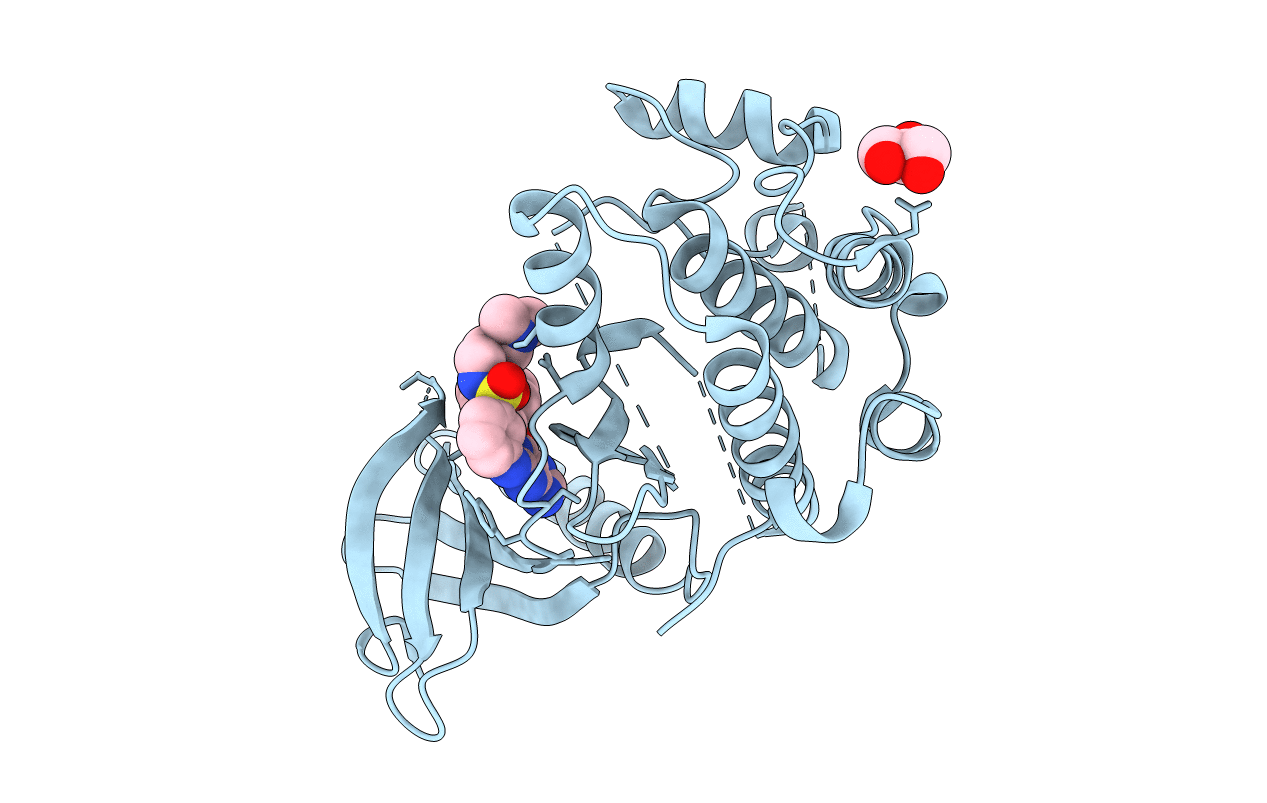
Deposition Date
2019-08-15
Release Date
2020-06-17
Last Version Date
2024-05-15
Method Details:
Experimental Method:
Resolution:
2.00 Å
R-Value Free:
0.21
R-Value Work:
0.18
R-Value Observed:
0.18
Space Group:
C 1 2 1


